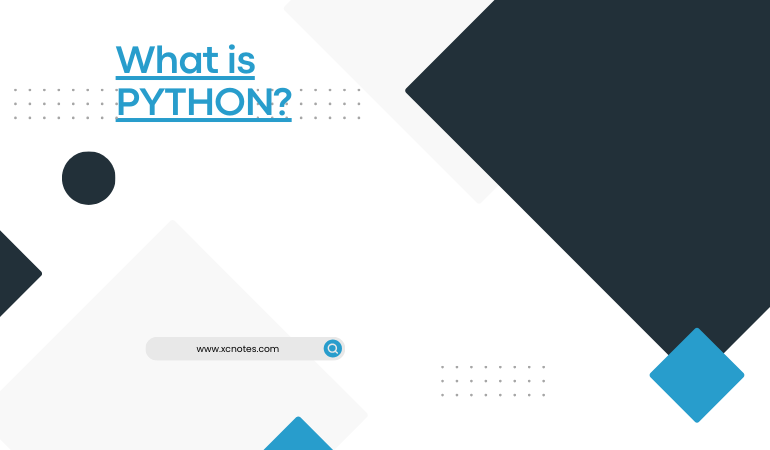Python is a clear and powerful object oriented programming dialect similar to Tcl,Java,Scheme,Perl.
Python is a general-purpose language which expose it can be build pretty much anything, which will be made simple with the right apparatuses/libraries.
Professionally, Python is incredible for backend web improvement, data investigation, computerized reasoning, and scientific computing.Numerous engineers have also utilized python to build profitability tools,games, and desktop applications, so there are lot of assets to help you learn to do these too.
Some of Python’s striking features(PYTHON FEATURES):
- Python utilizes an rich syntax for readable programs.
- Python is a lithe(flexible) dialect (programming language)that makes it easy to get your program working. This creates Python a perfect dialect for prototype improvement and other ad-hoc programming tasks, except compromising maintainability.
- A variety of fundamental data types are available: numbers(floating point, integers complex, and unlimited-length long integers), strings(both ASCII and Unicode),lists, dictionaries.
- Python uploads object oriented programming with classes and multiple inheritance.
- Code can be assembled into modules and packages.
- The dialect supports raising and getting exceptions, resulting in cleaner mistake taking care of.
- Information types are firmly yet dynamically written. Blending inconsistent types(e.g. endeavoring(try hard) to include a string and a number)causes an anamoly to be raised.
- Python contains advances programming features, for example, generators and list comprehensions.
- Automatic junk collection liberates you from the bothers of memory administration.
- The expansive standard library supports numerous common programming tasks, for example, connecting with web servers, regular expressions, and document taking care of.
- Python’s interactive mode makes it simple to test short scraps of code. There’s additionally a packaged advancement environment called IDLE.
- The Python interpreter is effectively extended by including new modules actualized in an compiled dialect, for example, C or C++.
- The interpreter can likewise be installed into an application to give a programmable interface.
- Python runs on many different PCs and operating systems such as Windows, MacOS, numerous brands of Unix,OS/2
- Python is copyrighted yet put under an open source permit, implying that Python can be freely utilized and distributed, notwithstanding for business purposes.

